How to Prune Hollies
The kind you have and the look you want determine the cuts to make
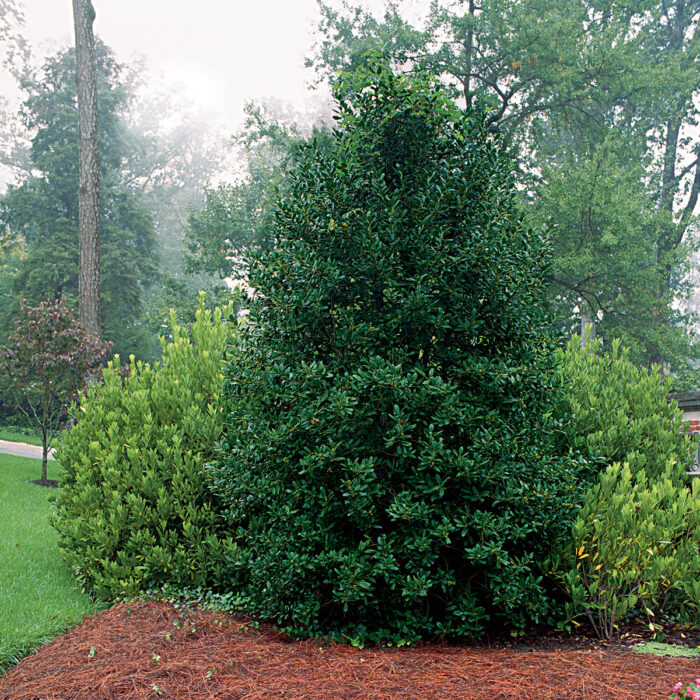
Few plants are more versatile than hollies. With their textural foliage, ornamental berries, and varied growth habit, it is easy to see why this genus is hugely popular with gardeners around the country. For the most part, hollies are a diverse group of plants that have unique traits and acclimate easily to many different environments. But just like good soil, adequate nutrients, and sun, proper pruning is important to keep hollies healthy and beautiful.
Timing is an important factor when pruning hollies. Whenever you prune your plants, they typically send out new growth, which is susceptible to sudden drops in temperature and frost. For evergreen hollies, it’s best to prune in early summer so that this new growth won’t be damaged by cool temperatures. Don’t be surprised if female hollies have fewer berries after being pruned, because the process removes most of the summer flowers that develop into winter fruit. Depending on the look you want and the type of shrub you have, pruning can give hollies either a formal shape or, with thinning, an informal look—and keep them looking good year-round.
Type dictates technique
Identifying hollies can be a bit complicated. There are deciduous and evergreen species, hollies with serrated leaves and those with drop-shaped foliage, females that provide festive fruit, and males that are less showy. The growth habit of your shrub will largely dictate how you prune it. This chart will help you determine what type of holly you have and what techniques will keep it healthy and happy.
Deciduous hollies
Pruning technique: Radical pruning is needed each year.
Species
- Winterberry (Ilex verticillata and cvs., USDA Hardiness Zones 5–8)
- Possumhaw (I. decidua and cvs., Zones 5–9)
Rounded hollies
Pruning technique: Thinning is needed only in the first few years of growth. Formal shaping can continue throughout the life of the plant.
Species
- Japanese holly (I. crenata and cvs., Zones 5–7)
- Inkberry (I. glabra and cvs., Zones 5–9)
- Yaupon holly (I. vomitoria and cvs., Zones 7–11)
Indeterminate hollies
Pruning technique: Thinning and formal shaping can occur throughout the life of the holly.
Species
- Blue holly (I. × meserveae and cvs., Zones 5–9)
- English holly (I. aquifolium and cvs., Zones 7–9)
- Chinese holly (I. cornuta and cvs., Zones 7–9)
Pyramidal hollies
Pruning technique: Young plants should be thinned, but formal shaping is usually not needed.
Species
- American holly (I. opaca and cvs., Zones 5–9)
- English holly (I. aquifolium and cvs., Zones 7–9)
- ‘Nellie R. Stevens’ holly (I. ‘Nellie R. Stevens’, Zones 7–9)
Three ways to prune
1. Thinning reduces interior bulk
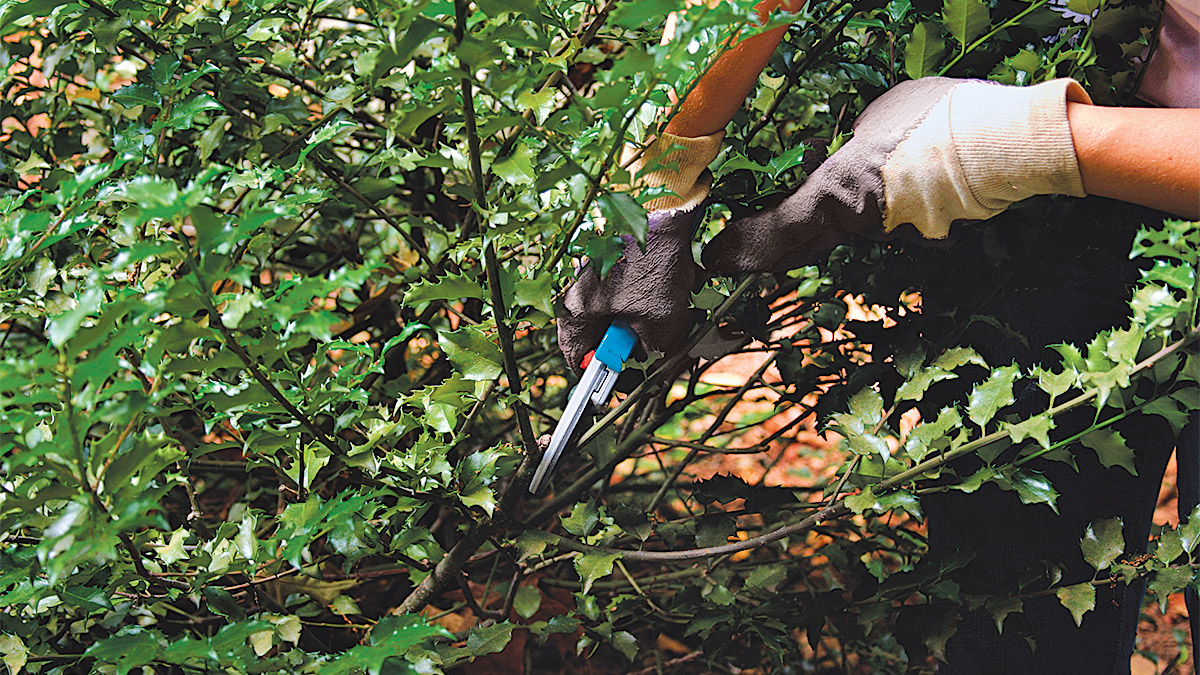
In general, hollies have a beautiful natural form, but occasionally some wayward branches creep in. By removing crossing or intersecting branches to a branch union, you can enhance the natural form of your plant. Pruning these branches also prevents overcrowding in the framework of the holly and reduces interior bulk. Ideally, this thinning results in a holly with well-positioned branches and opens it up to better air circulation, helping prevent disease. Over the years, this pruning results in a better organization of branches, eventually reducing the amount of overall pruning your shrub will need. When done correctly, thinning should not be noticeable, so use a cut parallel to the main branch to help hide the unsightly stub.
2. Shaping gives hollies a strong outline

If you’re looking to create a hedge or some other formal shape with your holly, use a series of deliberate cuts that removes the end of a branch to a bud or leaf node. This process shortens the branch to create the desired shape but doesn’t remove it. Cuts should be made at an angle, sloping upward in order to conceal the stub. With most formal shapes, the base of the plant should be slightly wider than the top, allowing the sun to reach all areas of the plant and preventing the development of bare legs. Many people mistakenly use this method of pruning to try to control the size of their hollies, but this ends up being a vicious cycle because, like most pruning, it actually promotes new growth.
3. Radical pruning suits the loose form of deciduous hollies
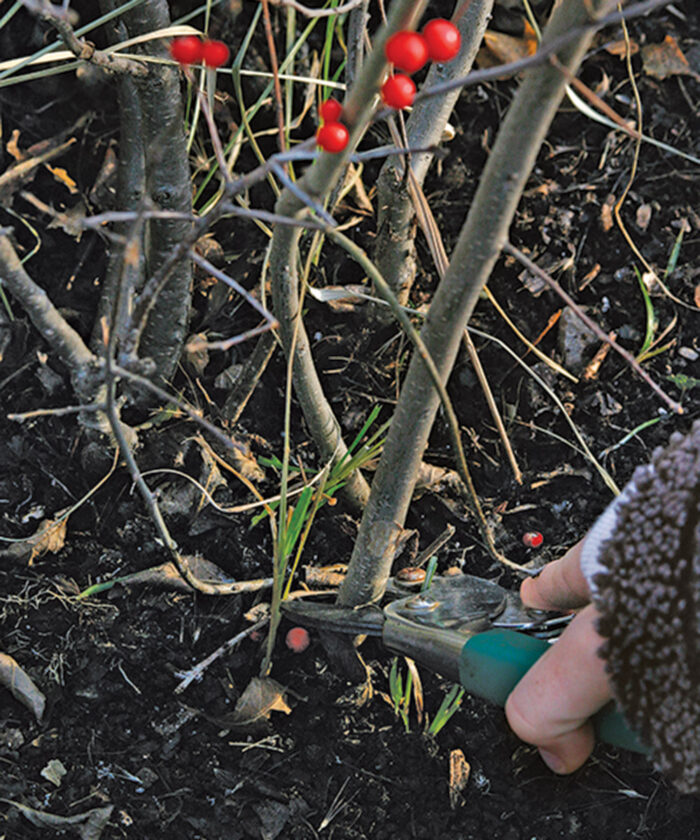
Deciduous hollies are in a pruning category all their own. These vigorous growers should be thinned back every year in late winter to improve their shape and encourage new growth. Stems that are thicker than a thumb should be cut to the ground, but never remove more than one-third of the shrub. Canes that are old, weak, or spindly and those straying too far outside the main body of the shrub should be the first to go. Then, if there is still pruning to be done, move on to the thickest canes. Although this renewal pruning may seem drastic, it is the best way to maintain the beautiful natural form of deciduous hollies and keep them healthy.
The Golden Rules of Pruning
General maintenance is a must
Dead, damaged, and diseased wood should always be removed in order to maintain the health of your plant. Dead wood is simply unsightly and should be removed to improve the overall appearance of your holly. Damaged wood provides the perfect entry point for insects and diseases into an otherwise healthy plant. Branches that show signs of disease should be cut back to healthy wood in order to prevent the spread or recurrence of any disease and to encourage new, healthy growth.
The right tool for the right job
When pruning any woody plant, it’s best to use tools with sharp blades. Bypass-blade hand pruners and loppers are ideal because anvil types crush delicate growth tissue. Dull power shears tear foliage rather than cut it, leaving behind unsightly and marred leaves. For larger branches, saws specifically sold for pruning trees and shrubs cut cleanly and are easier to use than your neighbor’s reciprocating saw.
Danielle Sherry is the executive editor.
Photos, except where noted: Jennifer Benner. Illustrations: Chuck Lockhart.



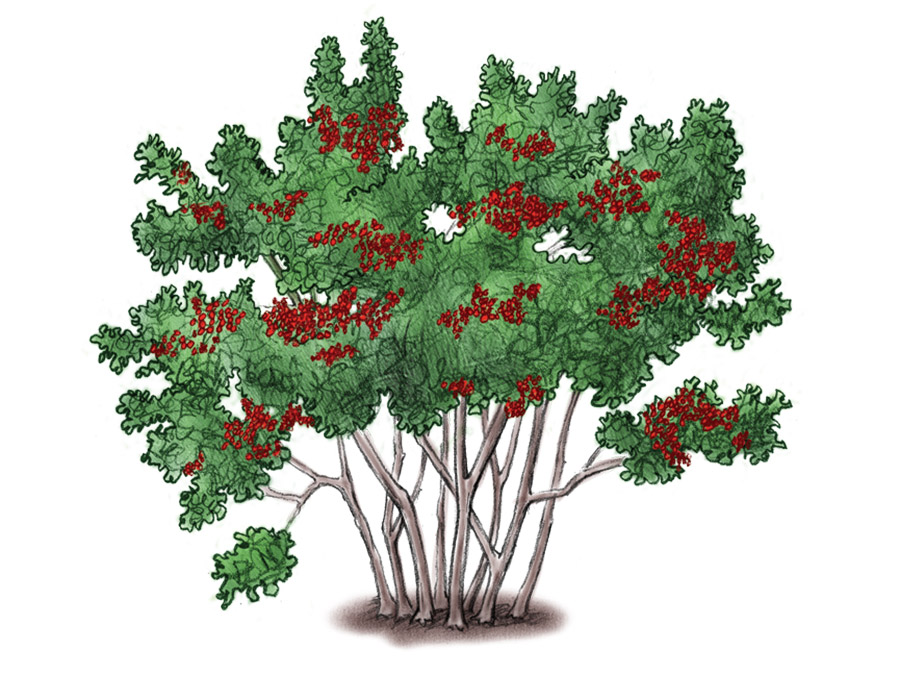


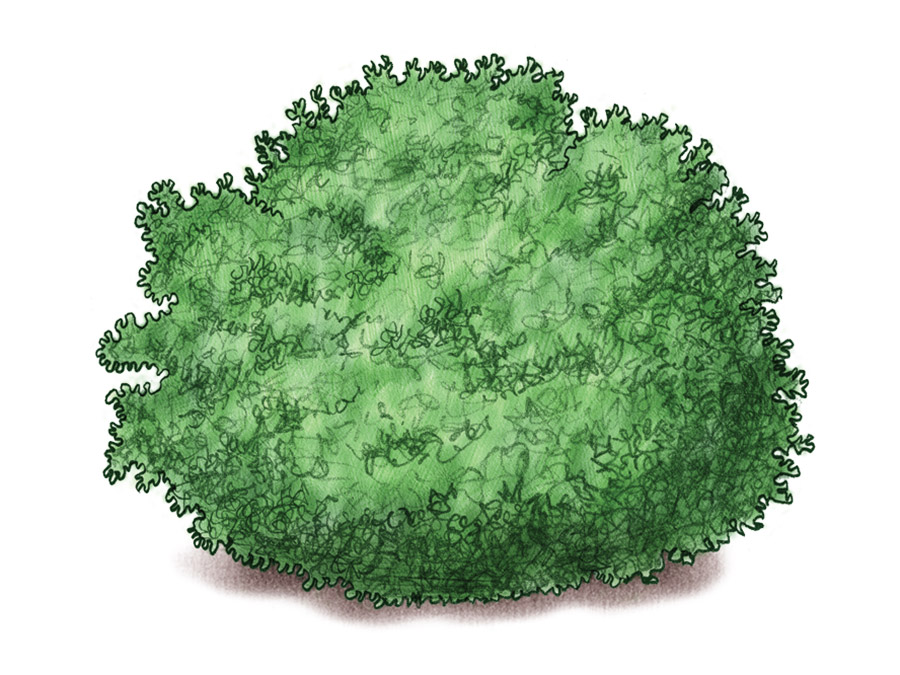

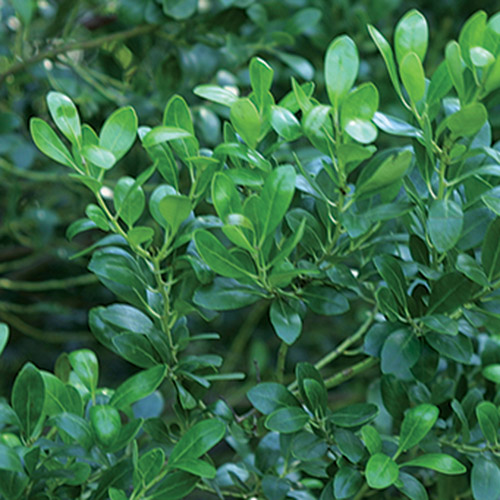

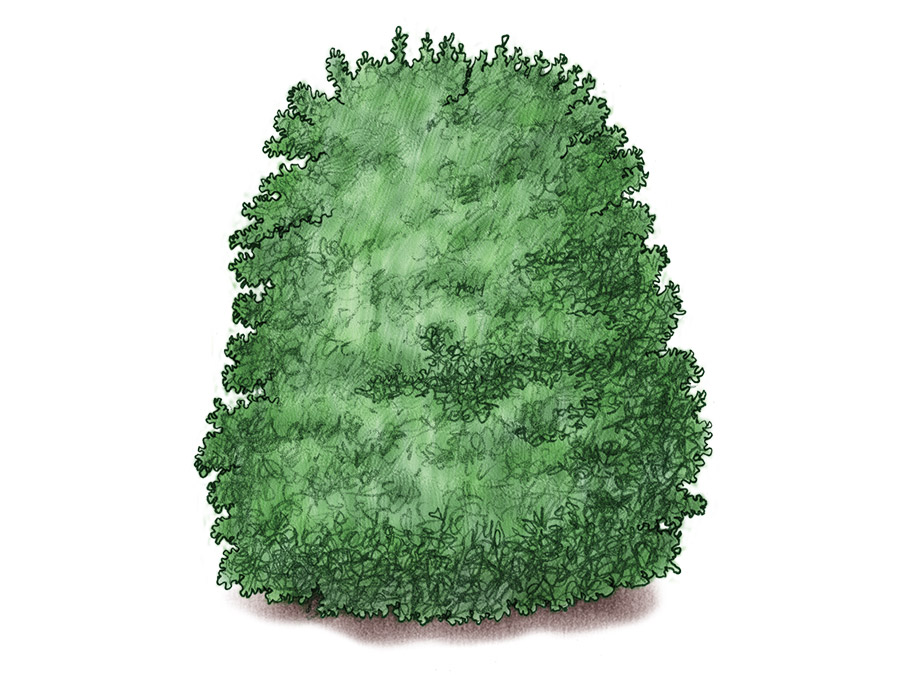
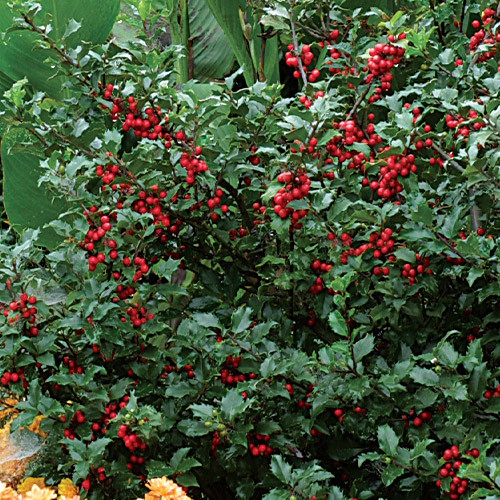

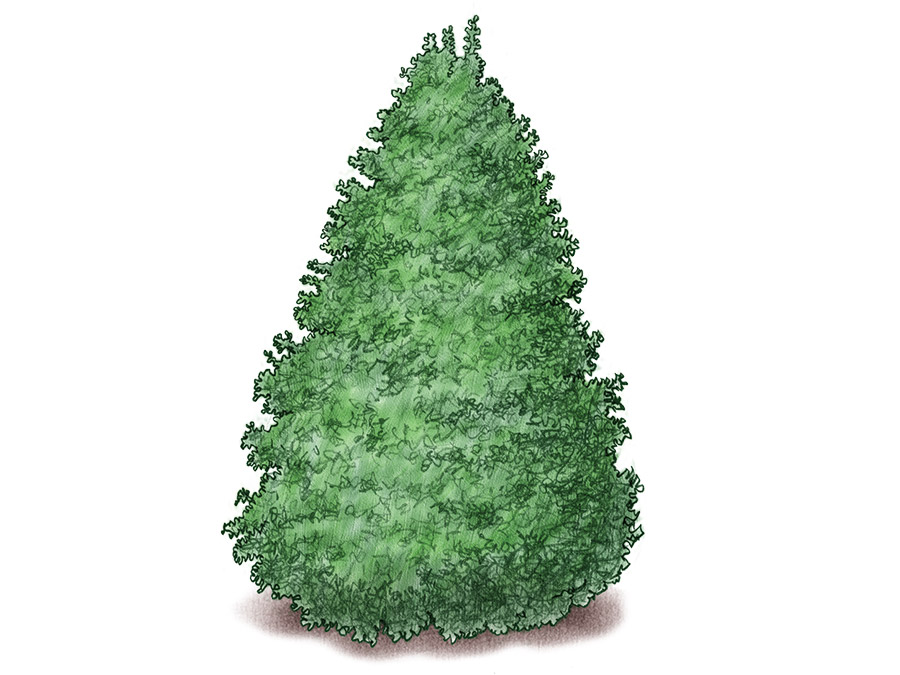





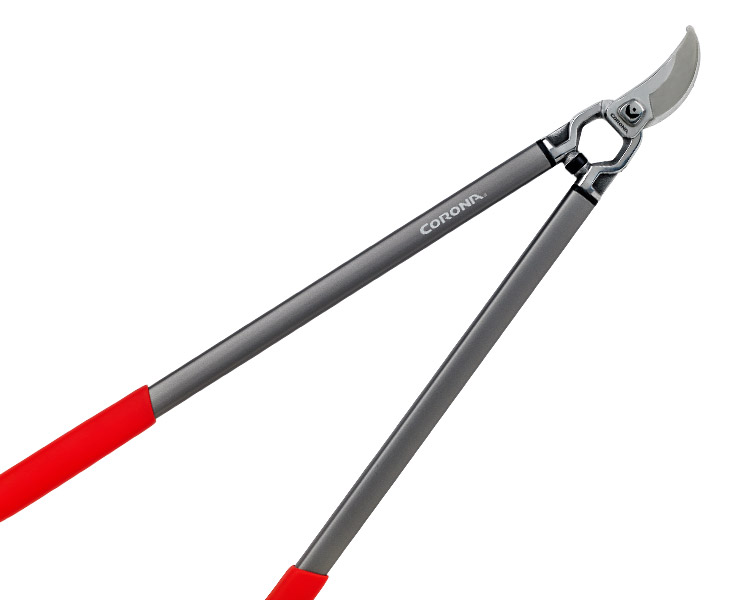
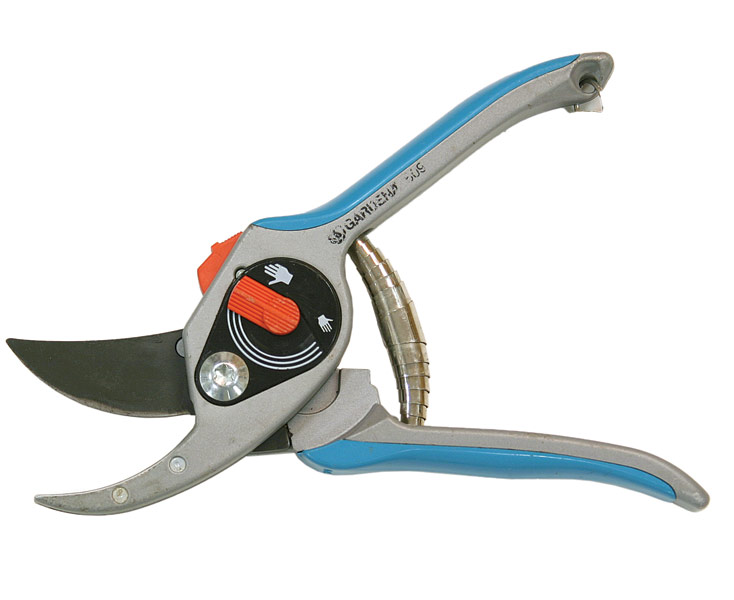



Comments
i pruned my my evergreen holly in early june and it lost all its leaves and is very slow to recover i was told that it bleeds has anyone had this problem.
Thank for your writting! It is easy to understand and detailed, perfect for my needs, thank you or putting together this post cool math games
Thanks for sharing this information!
The article you shared here is really great. I really like and appreciate your work.friteuse sans huile avis
1
gfNQOlGd
Log in or create an account to post a comment.
Sign up Log in